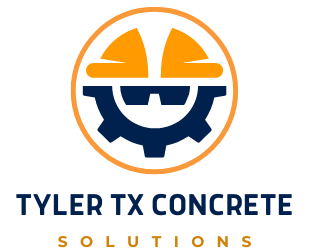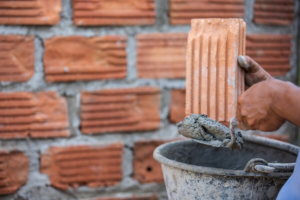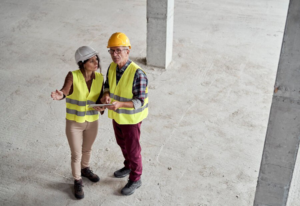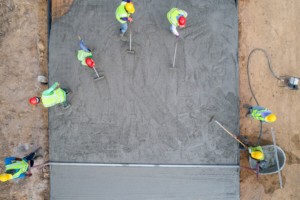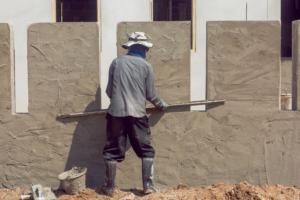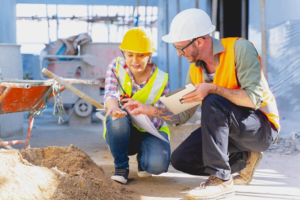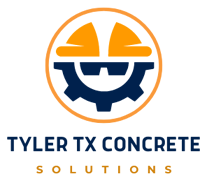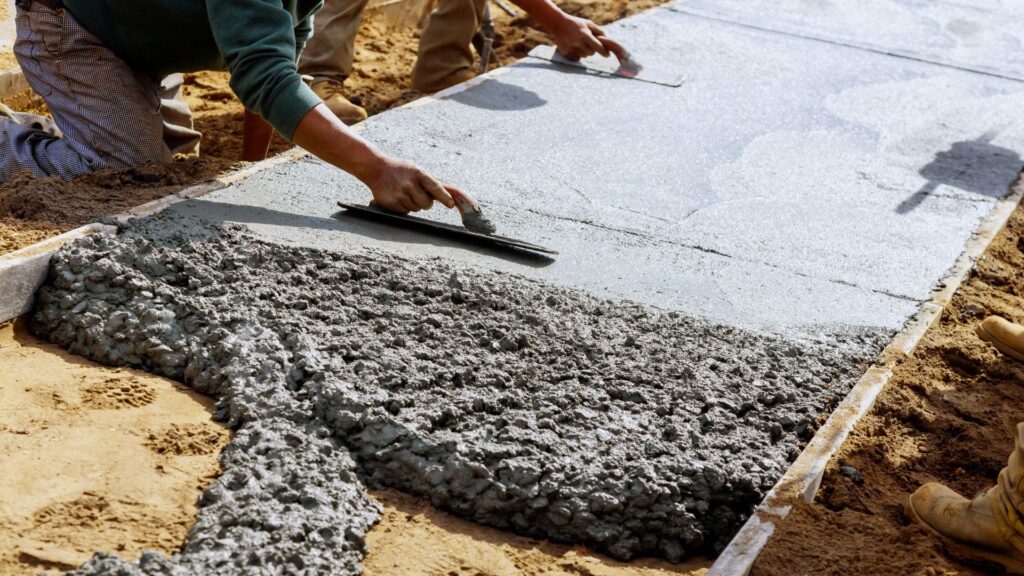
Concrete is a widely used material in construction due to its durability and strength. However, over time, concrete structures may develop cracks, spalls, or other forms of damage. To restore their integrity and extend their lifespan, concrete repair becomes necessary. One crucial aspect of concrete repair that is often overlooked is surface preparation. Proper surface preparation is vital to ensure the effectiveness and longevity of any concrete repair project. In this blog, we will delve into the significance of surface preparation in concrete repair, its benefits, and the methods involved.
Importance of Surface Preparation
Surface preparation plays a fundamental role in the success of any concrete repair project. Concrete surfaces are subject to various contaminants, such as dirt, grease, oil, chemicals, and loose particles. If these contaminants are not removed thoroughly before repair, they can impair the bond between the repair material and the existing concrete, leading to premature failure of the repair.
Surface preparation also involves removing any deteriorated or unsound concrete. This process helps eliminate weak spots and ensures the repair material adheres properly to the sound concrete substrate. Failure to remove the damaged concrete can transfer stress to surrounding areas, leading to further deterioration.
Signs That Your Concrete Needs Repair in Tyler, Texas
Several signs indicate your concrete may need repair in Tyler, Texas. Here are some common signs to look out for:
Cracks
Cracks are one of the most obvious signs that your concrete needs repair. They can occur due to various factors such as shrinkage, settling, freeze-thaw cycles, or heavy loads. Pay attention to both small and large cracks, as they can worsen over time if left untreated.
Uneven surfaces
If you notice that your concrete surface is uneven or has sinking or heaving areas, it indicates a problem with the underlying soil or base. This can lead to tripping hazards and should be addressed promptly.
Spalling
Spalling refers to the flaking or chipping of the concrete surface. It can occur due to water penetration, freeze-thaw cycles, or deicing salts. Spalled areas should be repaired to prevent further deterioration and potential safety hazards.
Discoloration
Concrete with severe discoloration, such as dark spots or patches, may indicate moisture intrusion, mold, or other underlying issues. Discoloration can also be a sign of aging and wear. Addressing the underlying cause and restoring the concrete's appearance may be necessary.
Settling or sinking
Notice that your concrete has sunk or settled in certain areas, creating uneven surfaces or drainage issues. It may be due to poor soil compaction during the initial installation or other factors. This can compromise the structural integrity of the concrete and should be addressed to prevent further problems.
Water pooling
If water consistently pools or collects in certain areas of your concrete, it indicates poor drainage. Over time, standing water can cause damage to the concrete, leading to cracks and deterioration. Adequate drainage should be established to prevent water-related issues.
Exposed reinforcement
If you can see exposed reinforcement, such as rebar or wire mesh, it suggests that the concrete has deteriorated significantly. This severe issue requires immediate attention, as the support is at risk of corrosion, which can weaken the structure. If you notice any of these indications, it is advisable to seek advice from an expert concrete contractor in Tyler, Texas. This will enable them to evaluate the state of your concrete and suggest suitable repair options.
Benefits of Surface Preparation
- Enhanced Bond Strength: Surface preparation creates a profile that allows the repair material to interlock with the existing concrete mechanically. This improved bond strength ensures the repair remains intact and withstands the forces acting upon it.
- Improved Durability: Properly prepared surfaces provide a clean and sound substrate for the repair material, reducing the risk of premature failure. By removing contaminants and unsound concrete, surface preparation prevents the transfer of moisture, chemicals, and other damaging substances, thereby increasing the longevity of the repair.
- Consistent Aesthetics: Surface preparation helps achieve a uniform appearance by removing stains, discolorations, and irregularities from the concrete surface. This is particularly important for repairs in visible areas, as it ensures a visually pleasing result.
- Cost Savings: Neglecting surface preparation can result in the need for frequent repairs and premature deterioration. By investing in thorough surface preparation initially, the repair work can last longer, reducing the need for frequent repairs and ultimately saving costs in the long run.
Methods of Surface Preparation
Several methods are employed for surface preparation in concrete repair, depending on the extent of damage, the repair material used, and other factors. The following are commonly used methods:
- Mechanical Methods: Mechanical surface preparation involves using abrasive techniques to remove contaminants and unsound concrete. These methods include sandblasting, shot blasting, grinding, and scarifying. Sandblasting and shot blasting using high-pressure air or projectiles to remove impurities and provide a roughened surface. Grinding and scarifying utilize rotary machines with diamond blades or carbide cutters to remove surface coatings, pollutants, and damaged concrete.
- Chemical Methods: Chemical surface preparation involves using chemical cleaners or etching agents to remove contaminants and create a suitable surface for repair. Acid etching is a standard method involving applying an acid solution to the concrete surface to remove impurities and open up the pores. Following safety guidelines and proper neutralization procedures is essential when using chemicals for surface preparation.
- Water Blasting: Water blasting, also known as hydro blasting or pressure washing, utilizes high-pressure water jets to remove contaminants from the concrete surface. It is particularly effective for removing loose particles, dirt, and organic matter. Water blasting is a versatile method suitable for many repair scenarios.
- High-Pressure Air Blasting: High-pressure air blasting involves using compressed air to remove loose particles and contaminants from the concrete surface. It is commonly used with other surface preparation methods to achieve a thorough cleaning.
Why Choose Professional Concrete Service in Tyler, Services
Choosing a professional concrete repair service in Tyler comes with numerous benefits. Their expertise and experience in handling concrete repair projects ensure high-quality results. They possess in-depth knowledge of industry techniques, tools, and materials, allowing them to identify causes of damage and provide appropriate solutions. Professional services prioritize efficiency and timely completion, minimizing disruption. Their focus on quality workmanship ensures durable and long-lasting repairs while offering cost-effective solutions tailored to your needs. Adherence to safety protocols protects both workers and property occupants. Reputable companies often provide warranties or guarantees, ensuring satisfaction and peace of mind. Professional concrete repair enhances property value and appeals through well-maintained and structurally sound surfaces.
Conclusion
Surface preparation is a critical step in any concrete repair project. It ensures the success and longevity of the repair by promoting proper adhesion, enhancing bond strength, and reducing the risk of premature failure. Thorough surface preparation removes contaminants and unsound concrete and provides a clean, roughened surface for the repair material to adhere to. By investing time and effort in surface preparation, construction professionals can achieve durable, aesthetically pleasing, and cost-effective repairs in the long run. Therefore, it is imperative to prioritize surface preparation in concrete repair to ensure concrete structures’ structural integrity and longevity.
